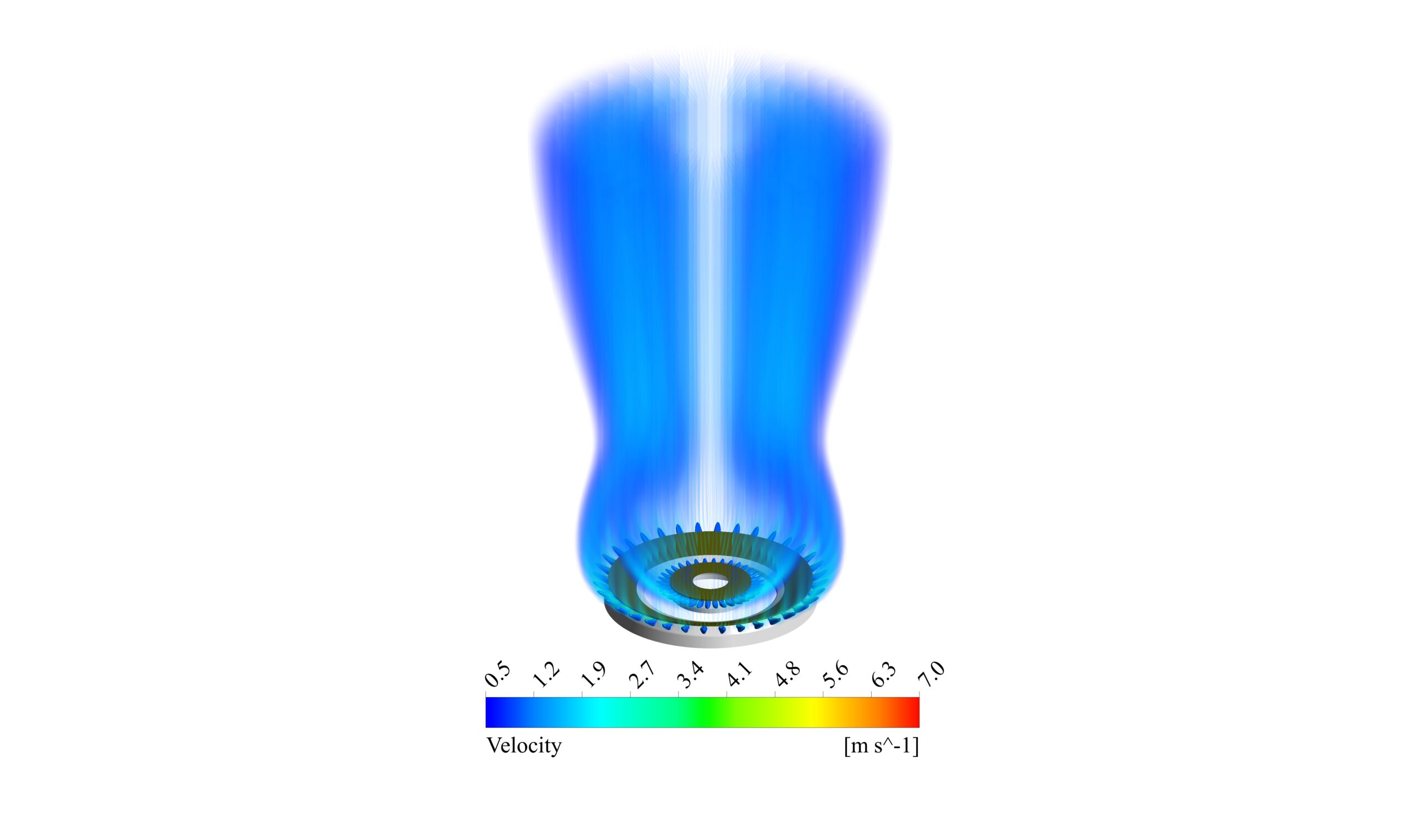Domestic gas burner for reacting flow using LPG as fuel
$120.00 $60.00 Student Discount
- This report presents a simulation of the domestic burning gas fed by LPG-air using ANSYS Fluent software.
- The geometry of the domestic burning gas was created using solidworks software.
- A high-quality mesh of about 316,680 hexahedron elements was generated using ANSYS Meshing software.
- Appropriate species transport settings and turbulence-chemistry interaction model were applied.
To Order Your Project or benefit from a CFD consultation, contact our experts via email (info@mr-cfd.com), online support tab, or WhatsApp at +44 7443 197273.
There are some Free Products to check our service quality.
If you want the training video in another language instead of English, ask it via info@mr-cfd.com after you buy the product.
Description
Description
In this project, combustion in a domestic cooking gas burner fed by premixed LPG-air was simulated by computational fluid dynamics using ANSYS Fluent software. The geometry of the domestic gas burner is shown in Figure 1. As can be seen in this figure, the mixture is prepared by the inlet fuel and the inlet primary air in an equivalence ratio of 1 to enter the burner, and the secondary air inlet is designed to better burn the fuel in the domestic gas.
 |
|
Figure 1: Geometry of domestic gas burner |
To better modeling of turbulent flow, a structured mesh has been used in computational domain (Figure 2). In general, to reduce computational cost and due to the symmetrical shape of the system, the section of domestic gas burner with only one inlet per burner is simulated. Thus, the mass flow rate of propane-air mixture is used at the inlets, and the outlet pressure boundary condition is used at the outlets. Also, in parts of the system where air is sucked from the ambient, the inlet pressure boundary condition is used. It is worth noting that 316,680 elements were generated in the computational domain. Another point in simulating such problems is that, depending on the solver settings, the number of iterations in the steady-state simulation must be chosen high to achieve accurate results. For this project, about 150,000 iterations were required to obtain sufficiently accurate results.
 |
|
Figure 2: The views of computational mesh and boundary conditions |
Results
The species transport model has been used to simulate the one-step propane-air reaction. The chemical equilibrium of this reaction is given in Equation 1. The eddy dissipation has also been used for the interaction between chemistry and turbulence. Also, the standard K-Epsilon model has been used to simulate turbulent flow in the computational domain.
| C3H8 + 5O2 → 3CO2 + 4H2O | (1) |
In the album, contours of temperature, velocity, fuel-air volume fraction and combustion products volume fraction of domestic gas burner are presented.











Reviews
There are no reviews yet.